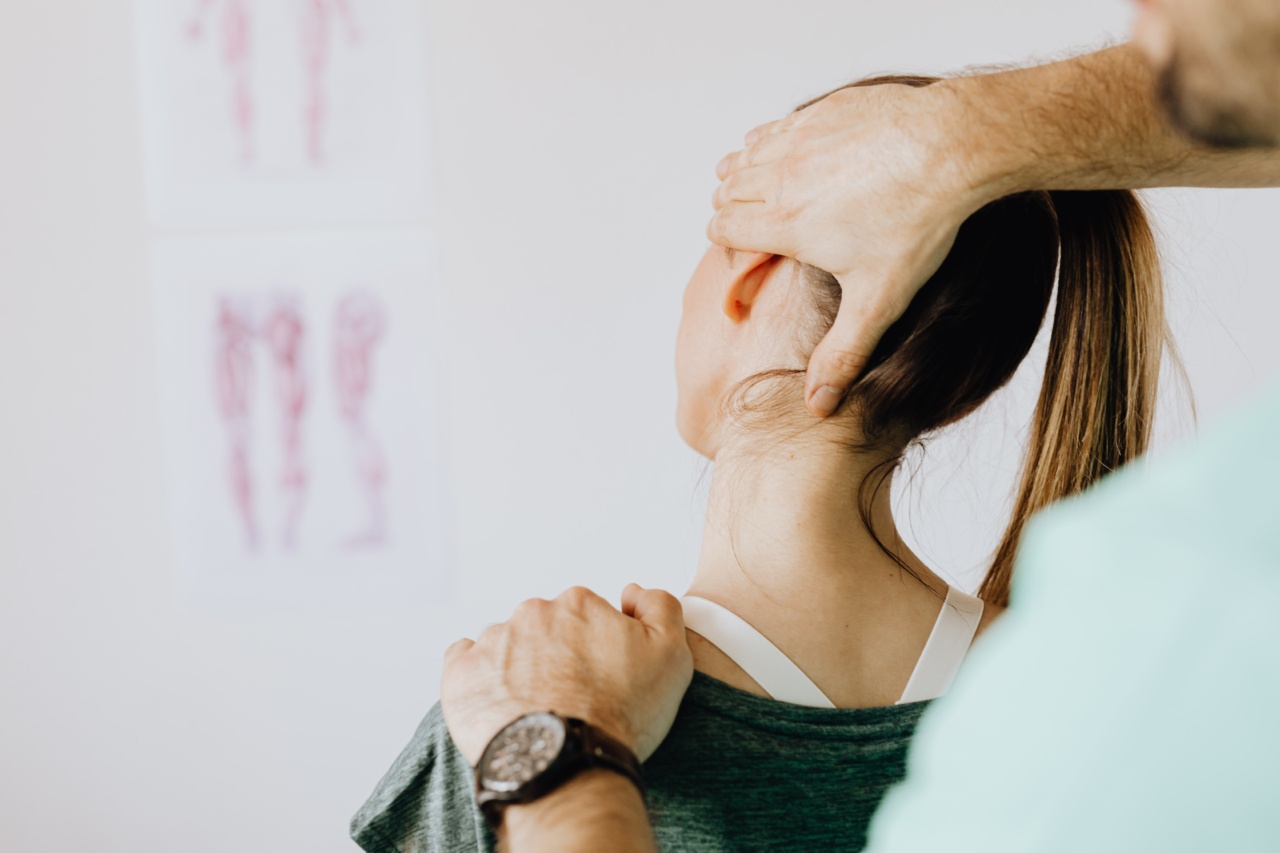Soreness is a common condition experienced by many people, especially athletes. It is often caused by overexertion, injury, or an underlying medical condition.
Understanding the cause of the soreness is important for identifying the most effective treatment options. In this article, we will explore some common causes of soreness and ways to get relief.
Causes of Soreness
1. Overexertion
One of the most common causes of soreness is overexertion. This is when you use your muscles more than usual, either by engaging in intense physical activity or by performing repetitive motions.
Overexertion can cause microscopic tears in the muscle fibers, leading to soreness, stiffness, and swelling.
2. Injury
Soreness can also be caused by injury, such as a sprain, strain, or fracture. Injuries can cause pain, swelling, and reduced mobility. Recovery time for an injury can vary depending on the severity of the injury and the type of treatment used.
3. Medical Conditions
Soreness can sometimes be a symptom of an underlying medical condition, such as fibromyalgia, arthritis, or an autoimmune disease. In these cases, soreness is often accompanied by other symptoms, such as fatigue, joint pain, and inflammation.
If you suspect that your soreness may be due to an underlying medical condition, it is important to speak with your doctor.
Relief Options
1. Rest
If your soreness is caused by overexertion, it is important to give your muscles time to rest and recover. This may mean taking a break from physical activity for a few days or even a week.
During this time, you can use ice packs or heat therapy to reduce inflammation and relieve pain.
2. Stretching and Massage
Stretching and massage can help to loosen tight muscles and reduce soreness.
Gentle stretching exercises can improve flexibility and reduce stiffness, while massage can promote blood flow and stimulate the release of endorphins, which are natural pain relievers.
3. Pain Medication
Pain medication, such as ibuprofen or acetaminophen, can help to relieve soreness and reduce inflammation. However, these medications should be used only as directed and should not be relied on as a long-term solution.
Overuse of pain medication can lead to dependence, tolerance, and other health problems.
4. Physical Therapy
If your soreness is caused by injury or an underlying medical condition, physical therapy can help to improve mobility, reduce pain, and prevent further injury.
A physical therapist can develop a customized treatment plan that includes exercises, stretches, and other techniques to address your specific needs.
Prevention Tips
1. Warm-up and Cool-down
Before and after physical activity, it is important to warm-up and cool-down properly. This can help to prevent overexertion and reduce the risk of injury.
A proper warm-up should include stretching exercises, while a cool-down should include low-intensity exercises and stretches to help your muscles recover.
2. Proper Technique
When engaging in physical activity, it is important to use proper technique to prevent overexertion and reduce the risk of injury. This may mean working with a trainer or coach to learn proper form and technique for your specific activity.
3. Gradual Progression
If you are starting a new physical activity, it is important to progress gradually to avoid overexertion and injury. This may mean starting with low-intensity exercises and gradually increasing the intensity and duration over time.
4. Adequate Rest
Finally, it is important to give your muscles and body an adequate amount of rest and recovery time to prevent overexertion and injury. This may mean taking days off from physical activity or engaging in low-intensity exercises on your rest days.






























